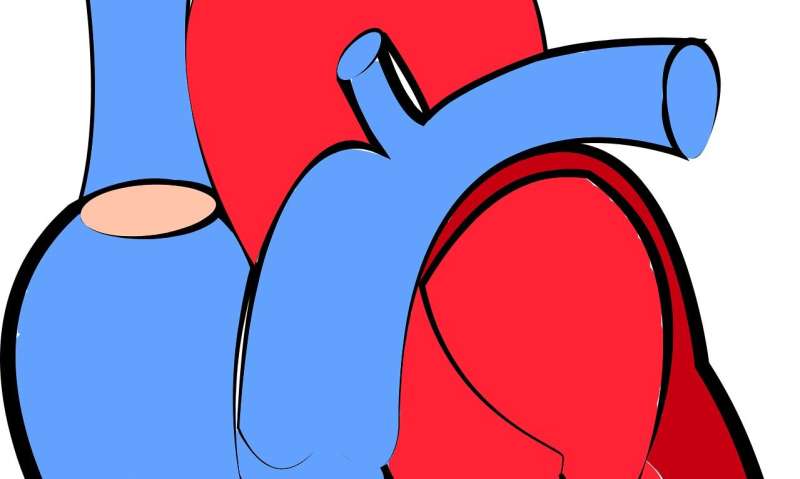Blood test to diagnose heart attacks is flawed, warn researchers

The blood test used to diagnose a heart attack (acute myocardial infarction) in patients admitted to hospital can be misleading, warn researchers in a study published by The BMJ today.
Of 20,000 consecutive patients undergoing blood tests at University Hospital Southampton, one in 20 had levels of troponin (a protein released into the bloodstream during a heart attack) greater than the manufacturer's recommended upper limit. But in most of these patients were being seen for other conditions and so there were no clinical signs or symptoms of a heart attack.
Troponin levels also differed according to several factors such as age, sex and whether inpatient or outpatient.
The researchers, led by cardiologist Professor Nick Curzen, say these results highlight the need for medical staff to interpret troponin levels carefully in order to avoid misdiagnosis of a heart attack and inappropriate treatment.
Current guidelines recommend troponin tests to help exclude or diagnose a heart attack. Manufacturers of troponin tests provide a recommended level (known as the 99th centile) based on values from a few hundred healthy individuals.
This recommended level is used as the upper limit of normal (ULN). In other words, if the value of troponin is above the 99th percentile, that is considered to be abnormal, and would indicate a heart attack in appropriate clinical circumstances.
But little is known about the true distribution of the troponin level across a whole hospital population that includes inpatients, outpatients, patients undergoing surgery, in intensive care etc.
So researchers measured levels of high sensitivity cardiac troponin I (hs-cTnI) in 20,000 inpatients and outpatients undergoing blood tests for any reason at University Hospital Southampton between 29 June and 24 August 2017.
The average age of participants was 61 and 53% (10,580) were women.
The researchers found that the 99th centile of troponin for the whole study population was 296 ng/L compared with the manufacturer's recommended level of 40 ng/L.
One in 20 (1,080; 5.4%) of all 20,000 patients had a troponin level greater than 40 ng/L, but in most of these patients there was no clinical suspicion of a heart attack.
Overall, 39% of all patients from the critical care units, 14% of all medical inpatients, and 6% of all patients from the emergency department had a troponin concentration greater than the recommended ULN.
This is an observational study, and as such, can't establish cause, and the researchers point to some limitations, such as relying on patient records for details about management and diagnoses, and being unable to examine clinical outcomes.
Nevertheless, they say this study shows that "the 99th centile of high sensitivity troponin I concentration of the population in our hospital was substantially higher than the manufacturer's recommended ULN used in clinical practice based on the 99th centile for a healthy population."
These data "highlight the need for clinical staff to interpret hs-cTnI concentrations carefully, particularly when applying the recommended ULN to diagnose acute myocardial infarction, in order to avoid misdiagnosis in the absence of an appropriate clinical presentation," they conclude.
More information: True 99th centile of high sensitivity cardiac troponin for hospital patients: prospective, observational cohort study, BMJ (2019). www.bmj.com/content/364/bmj.l729
















